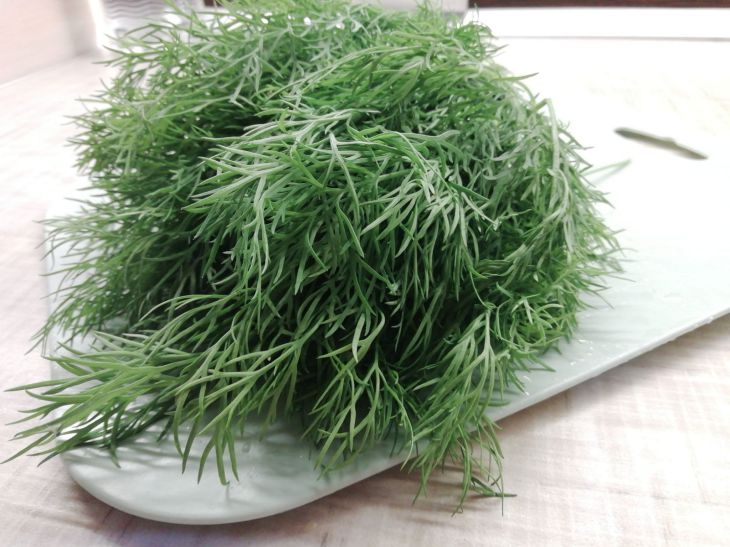What is the gardener doing wrong when all the dill in his garden has turned yellow?
Dill can be called an unpretentious crop, which many summer residents plant on their plots in a chaotic manner. But is everything so obvious with dill?
It is not uncommon for dill to suddenly turn yellow. Therefore, it is worth examining the main reasons and typical mistakes that summer residents can make.
Acidic soil
If the soil acidity in the area is high, the dill will gradually begin to turn yellow. This is a natural process that can be corrected in only one way - by reducing the acidity.
To reduce acidity you can use:
- Dolomite flour.
- Slaked lime.
- Eggshells.
- Wood ash and other materials.
It is worth noting that the acidity of the soil must always be reduced, because it is not suitable for growing most crops.

High soil density
Dill feels good in loose soil. If the soil is dense, the root system cannot develop normally.
The most interesting thing is that at first the problem of dense soil will not manifest itself, since the dill will develop normally.
However, over time, the moment will come when the dill leaves will gradually begin to turn yellow, and as a result, the crop will simply die. There is a simple piece of advice: during the growing process, it is necessary to loosen the soil at least once every 2 weeks.
Lack of moisture
Most summer residents do not even think about watering dill, considering such a procedure pointless. But is it really that easy? If dill does not have enough moisture, it will start to turn yellow and die. Here are some tips on watering dill:
- Plantings need to be watered once a week.
- Watering is done after sunset. It is better to avoid it in the morning, as it can cause sunburn.
- For every square meter of planting, use about 20 liters of water.
- If the soil begins to dry out quickly and the weather is hot, the number of waterings can be increased.
- During watering, you can add various organic fertilizers. A simple example: you can make organics from weeds.
If dill has started to wilt, it is a sign of excess moisture. This problem can manifest itself if dill is planted in lowlands where water can accumulate.
Thickened planting
If dill is planted randomly on the plot, then such a problem practically does not manifest itself. It is a completely different story if special beds are organized. As a rule, many summer residents try to thicken the plantings in order to get more harvest as a result.
There is a basic rule: the greater the distance between dill, the better. If a mistake has already been made, thinning can be done at any time with the removal of the root system. After thinning, it is necessary to water the crops.
Shadow
Dill is a sun-loving crop that will gradually begin to die in the shade. It is for this reason that experienced gardeners try to plant dill somewhere in the middle of their plot.
Wrong Neighborhood
Dill does not grow well if next to it there is:
- thyme;
- parsley;
- carrot;
- celery;
- cumin and others.
It is recommended to plant cucumbers, onions, potatoes, garlic and other similar crops near dill.
